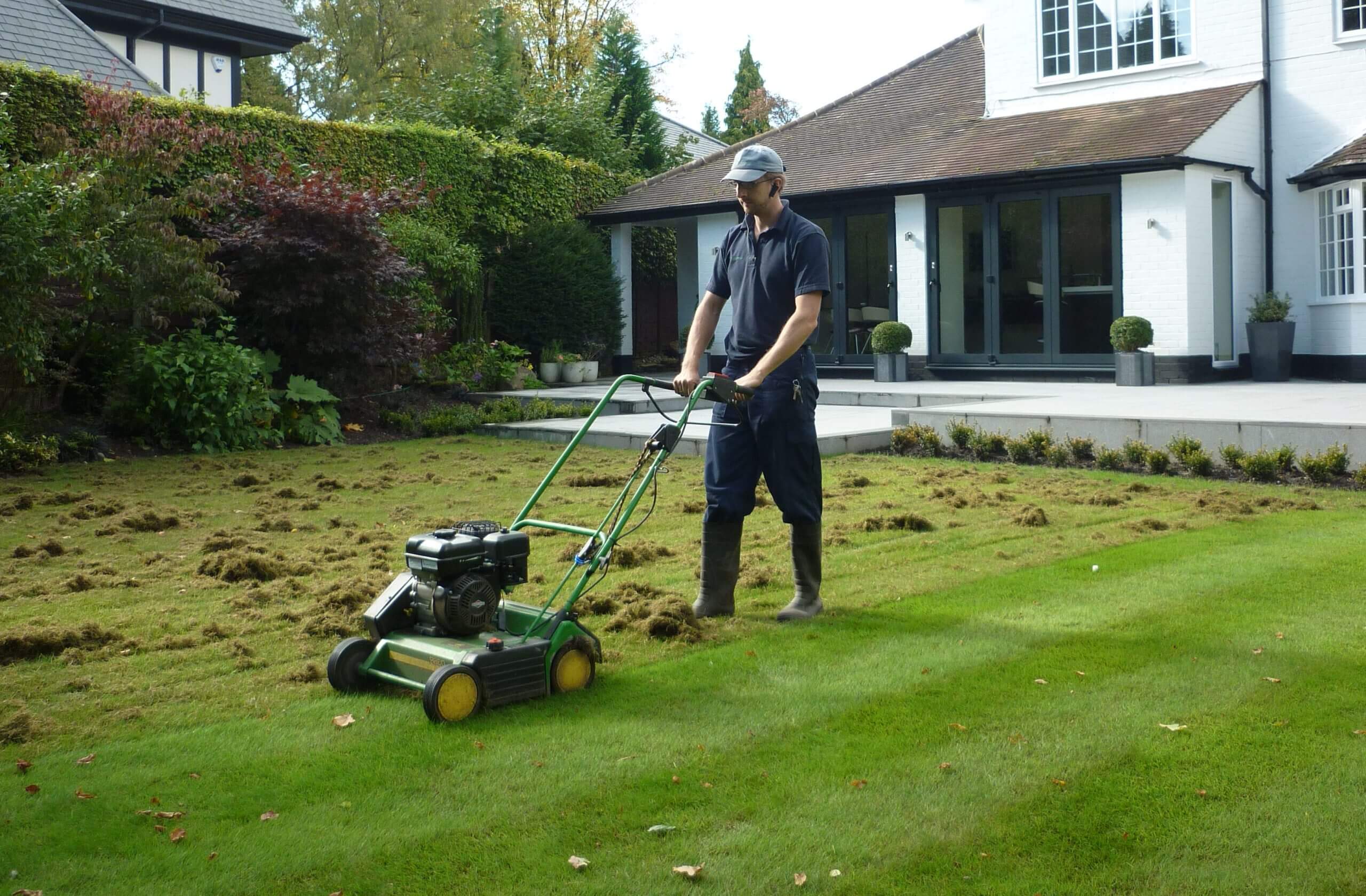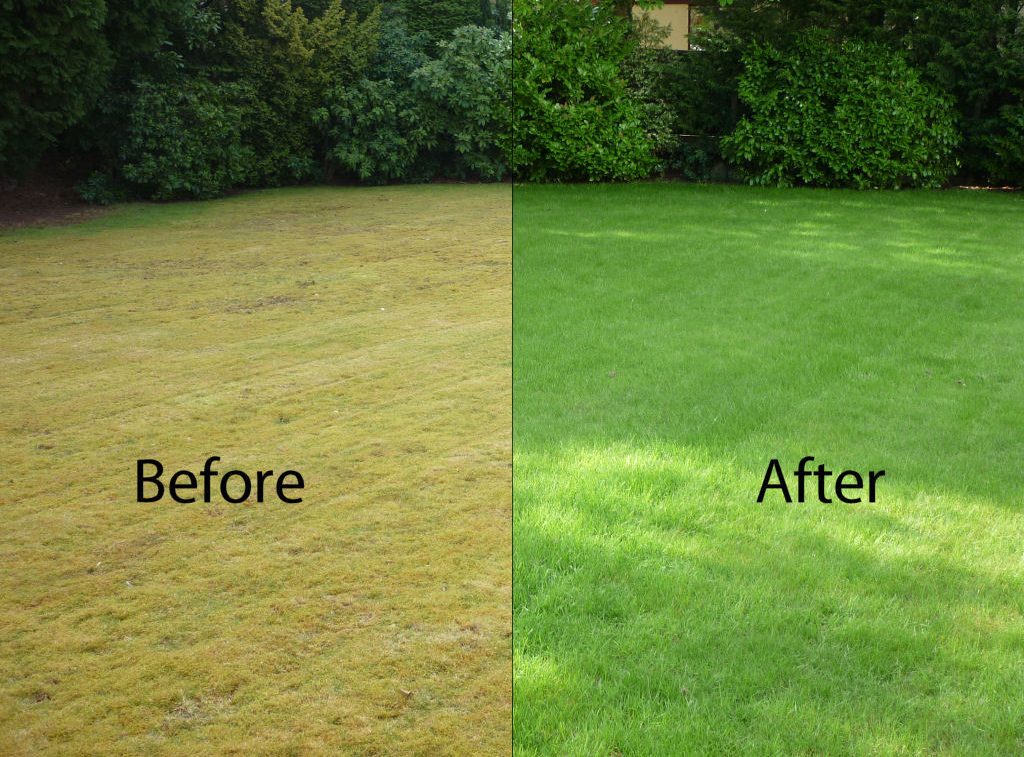How To Compost Lawn Thatch and Moss
How to Compost Lawn Thatch and Moss
You might be wondering why composting excites us so much. It's simple: composting is incredibly beneficial for your lawn and surprisingly easy, yet many people haven't tried it. You can compost a variety of unusual items—from used chopsticks to tea bags. However, a common question among composting enthusiasts is whether lawn thatch and moss are compostable. Let's clear up this query once and for all.

Understanding Thatch
Thatch is a layer of dead or dying grass that exists between the vibrant, green surface of your lawn and the soil. Normally, thatch doesn't cause any issues. However, problems arise when it becomes so thick that it blocks water, air, and nutrients from reaching the grass roots, obscures light, and leads to saturation. This thick layer can also promote moss growth, especially in damp and shady areas, which further inhibits the growth of grass.
Determining Excessive Thatch
A thatch layer thicker than ½ inch is generally considered excessive. Without a tape measure, a clear sign that your lawn needs scarifying is a brown, spongy appearance. It's advisable to take a sample to check if the thatch is deeper than half an inch, which is when issues typically begin.
What is Scarification?
Scarification (or 'De-thatching') can be performed with a scarifying blade or our 40" Towed Behind Piranha Scarifier (see here).
The goal is to remove dead grass and moss, aerate the soil, and allow light, nutrients, and water to reach the roots, thereby revitalizing your lawn. The optimal times for scarification are during spring, when the weather is warm and rain is frequent, and then again in Autumn, to avoid the extreme conditions of Summer and Winter.

Composting Scarified Moss and Thatch
Scarifying your lawn can produce a significant amount of organic waste, including moss and thatch. These materials can be composted, particularly using a hotbin, which maintains high temperatures essential for composting moss (to prevent it from regrowing). When composting thatch, which has high lignin content and low nutritional value, it's beneficial to mix it with fresher, green waste. Ensure that these materials are added in small amounts and mixed well with other types of compostable waste. Additionally, if your lawn has been treated with any chemicals, verify that they are biodegradable before composting to ensure safety and environmental friendliness.














